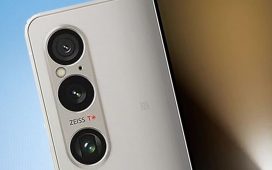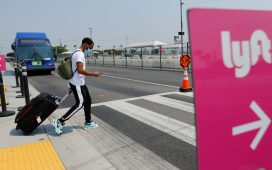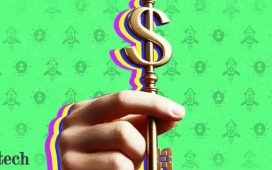Every fingerprint is unique, right? Well, computer says no.
Engineers at Columbia University have used artificial intelligence (AI) to smash one of the most basic and long-held beliefs in forensics. Kind of.
Their program found that while each finger does have its own unique pattern of swirls and loops, there are telltale giveaways within them matching one print to another on the same hand – a breakthrough that could help solve cold cases and even prove innocence in cases of a wrong conviction.
Imagine the scenario. Two crime scenes. At the first, only a single thumbprint was found. At the second, an index fingerprint was picked up. Until now, there was no way, using these prints alone, to connect one to the other.
But Columbia’s AI could change that.
The team, led by Columbia engineering undergraduate Gabe Guo, fed a government database of 60,000 fingerprints into the network in pairs. Some of the pairs belonged to the same person, some to two different people.
Over time, as the team continued to tweak the system, it became better and better at identifying which were pairs and which were not. Accuracy for a pair from the same individual hit 77%, and was significantly higher when from two people.
The team sent their results to a forensics journal, but the paper was rejected. The anonymous reviewer and editor concluded that ‘It is well known that every fingerprint is unique’, and so it would not be possible to detect similarities even if the fingerprints came from the same person.
Undeterred, Mr Guo and the team worked on making their AI even more accurate.
‘I don’t normally argue editorial decisions, but this finding was too important to ignore, said Professor Hod Lipson, head of the university’s Creative Machines lab. ‘If this information tips the balance, then I imagine that cold cases could be revived, and even that innocent people could be acquitted.’
The paper was later accepted for publication in Science Advances.
And while it still isn’t accurate enough to determine cases alone, the team believes it can help prioritise leads in tricky cases.
A history of fingerprinting
The use of fingerprints to identify people has been around for thousands of years.
Ancient Babylonians used fingerprints pressed in clay to record business transactions.
In China, fingerprints may have been used to establish identity as early as 300 BCE.
However, using fingerprints to crack criminal cases only began in the 19th Century.
But as is often the case with AI, the team wasn’t exactly sure how the system was determining which were pairs and which weren’t.
After carefully assessing the program’s decision process, the team thinks it is using a new kind of forensic marker.
‘The AI was not using “minutiae”, which are the branchings and endpoints in fingerprint ridges – the patterns used in traditional fingerprint comparison,’ said Mr Guo. ‘Instead, it was using something else, related to the angles and curvatures of the swirls and loops in the center of the fingerprint.’
Columbia engineering undergraduate Aniv Ray and PhD student Judah Goldfeder, who helped analyse the data, noted that their results are just the beginning.
‘Just imagine how well this will perform once it’s trained on millions, instead of thousands of fingerprints,’ said Mr Ray.
Next the team plans to continue validating the results, which they believe are consistent across all races and genders.
Professor Lipson says the findings also highlight the exciting potential of AI.
‘Many people think that AI cannot really make new discoveries – that it just regurgitates knowledge,’ he said. ‘But this research is an example of how even a fairly simple AI, given a fairly plain dataset that the research community has had lying around for years, can provide insights that have eluded experts for decades.
‘Even more exciting is the fact that an undergraduate student, with no background in forensics whatsoever, can use AI to successfully challenge a widely held belief of an entire field.
‘We are about to experience an explosion of AI-led scientific discovery by non-experts, and the expert community, including academia, needs to get ready.’
MORE : Brits visiting Europe will have to give fingerprints under new post-Brexit rules
MORE : Chainsaw oil ‘fingerprint’ left at Sycamore Gap could help police crack case
MORE : Artificial intelligence: Saviour of the NHS… or a hypochondriac’s best friend?
Get your need-to-know
latest news, feel-good stories, analysis and more
This site is protected by reCAPTCHA and the Google Privacy Policy and Terms of Service apply.












